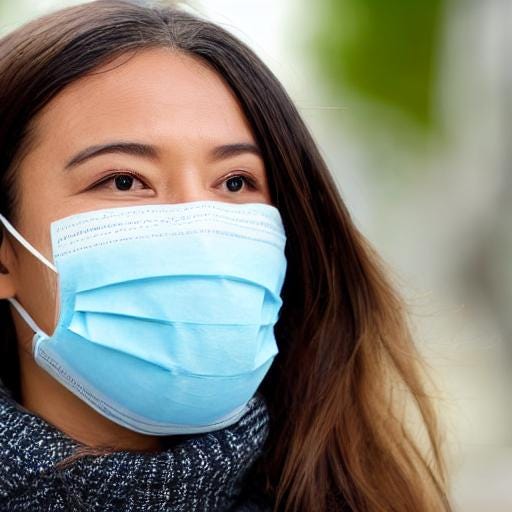Expect These Four Reality Checks Before Clean Air Day on 7 September
Watch out for these reports on air pollution data, health impacts and policy solutions.
Ahead of the International Day of Clean Air for Blue Skies (that’s a lungful!) on 7 September, expect a slew of new reports on tackling air pollution and how it affects human health. In India, at least four are set to be released starting today. Having had a sneak peek at some of the key—embargoed—takeaways, I can say these will certainly strengthen the scientific foundation to battle air pollution, especially in India.
The first is from the International Council on Clean Transportation, or ICCT, which famously exposed Volkswagen for fudging diesel emissions. This time, they’ve turned their attention to Delhi and Gurugram, on its southern border to help gather relevant pollution data; the two cities are among the 20 most polluted in the world. ICCT has conducted a study using remote sensing tech to capture real-world vehicular exhaust emissions.
Vehicular emissions contribute significantly to ambient air pollution; some estimates in Delhi suggest as much as 38%. The problem is that there is no proper check on this pollution; the decades-old Pollution Under Control Certificate (PUCC) doesn’t measure key pollutants like fine particulate matter (PM 2.5 and 10). There are also reports of these certificates being falsified in some places.
The second report is expected over the weekend and will likely list the pollution sources - an emissions inventory - in 76 Indian cities. This is possibly the first time such an extensive study has been done in India. This report was produced by CSTEP in Bengaluru, which is releasing it ahead of its India Clean Air Summit 2024 next week. [Disclosure: I’m consulting with ICAS 2024]
The third report is also from CSTEP, and it tackles a frequent headline villain - stubble fires in the farmlands north of Delhi, particularly in Punjab. These happen around mid-October when paddy farmers set fire to the residual stubble of their harvest, as it’s the quickest and most cost-effective way to prepare their fields for the next crop. While the fire count has steadily decreased thanks to several interventions, last year saw over 30,000 fires. On several days, it was a significant - but not the only - contributor to Delhi’s hazardous air pollution.
The fourth report is the Air Quality Life Index from the University of Chicago’s Energy Policy Institute (EPIC). This report has become a staple in India’s air quality policy landscape discussions. Last year’s report indicated that people in India could lose as many as five years of their lives because of the harmful effects of air pollution. In Delhi and Lucknow, the figures were even more alarming - 11 and 10 years, respectively.
So watch out for these reports, especially if you’re the type who likes to know what you’re breathing!
In the meantime, do try and catch up with this webinar organised by the Global Mental Health Action Network and Health Effects Institute. The speakers discuss the current evidence and raise awareness of the impacts of air pollution exposure on brain and mental health worldwide.



